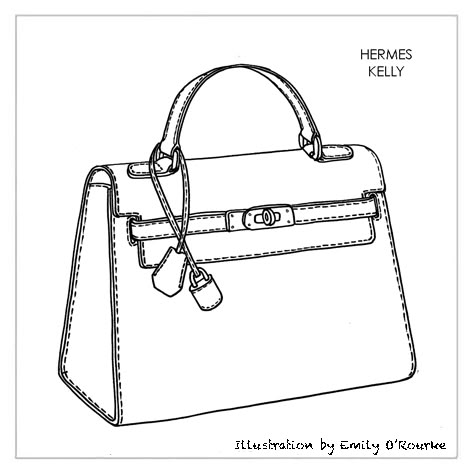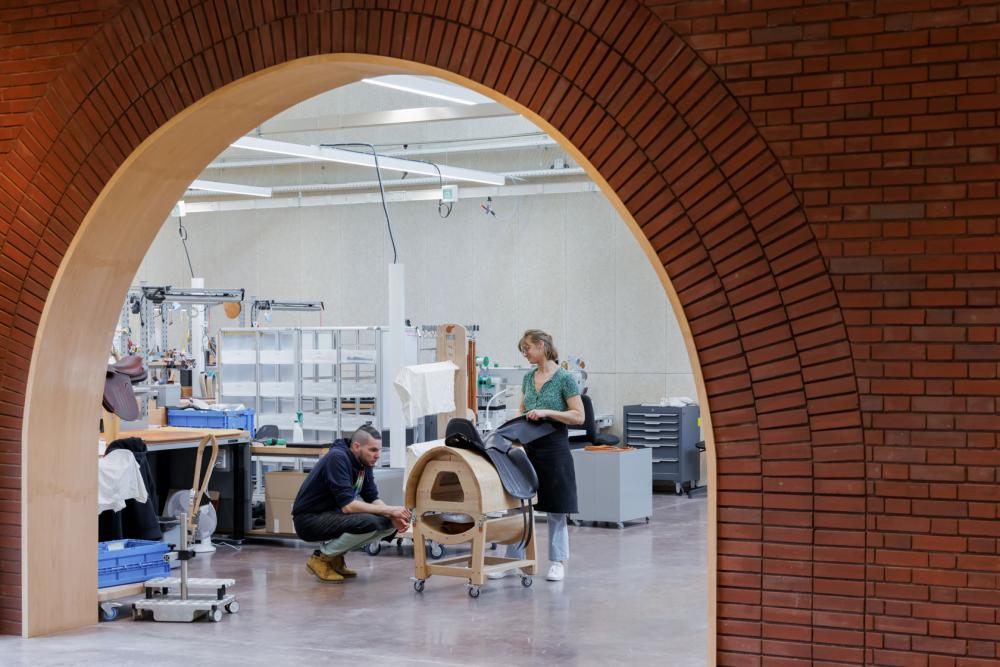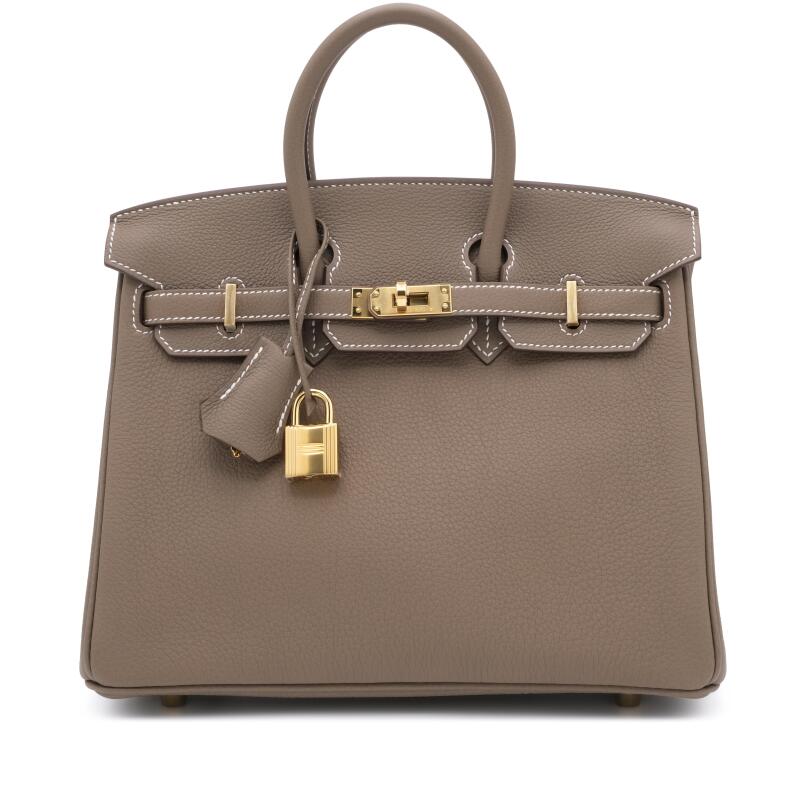Summer sale discount off 50%! Shop Now
Currency
From Sketch to Reality: Inside the Hermes Design Process
- Home
- ReplicaX Blog | Style Guides and Insider Secrets
- From Sketch to Reality: Inside the Hermes Design Process
From Sketch to Reality: Inside the Hermes Design Process
Sep 15, 2025
By
Sophia Whitmore
0 comment(s)
Introduction
Hermès bags are not just accessories—they are symbols of artistry, patience, and tradition. While many fashion houses focus on speed and trend cycles, Hermès moves differently. Every bag begins not in a factory but in the imagination of a designer, captured first as a pencil sketch. From there, it undergoes a journey that can take months, involving countless decisions about leather, structure, and hardware before a final masterpiece emerges from the hands of a master artisan.
This is the story of how Hermès transforms an idea on paper into a tangible object that carries heritage, beauty, and function in equal measure.
The Foundation of Hermès Design
A Legacy Rooted in Craftsmanship
Founded in 1837 by Thierry Hermès as a harness and saddle workshop in Paris, Hermès has always been about leather. Its original clientele was the equestrian elite, demanding pieces that were both durable and elegant. That DNA remains alive today. Every Hermès bag is still created with the same principles of precision, resilience, and beauty that guided its earliest harnesses.
Unlike mass-market brands, Hermès does not separate design from making. The philosophy is simple: a design only matters if it can be executed at the highest level of craftsmanship. This insistence on integration is what keeps the design process anchored in reality.
The Design Philosophy
Hermès approaches design with a utilitarian heart wrapped in aesthetic grace. A bag is not intended to sit untouched in a box; it is designed to be part of everyday life. This dual purpose—function and beauty—sets Hermès apart. The emphasis is never on superficial decoration but on structure, proportion, and balance. Handles must sit comfortably in the hand, clasps must open intuitively, and interiors must feel like natural extensions of the exterior form.
From Inspiration to Sketch
Sources of Inspiration
Designers at Hermès look outward and inward for ideas:
- Equestrian heritage: Many bags subtly reference saddlery, bridles, and harness elements. The saddle stitch itself originates here.
- Architecture: The way a bag stands, the play of straight lines against curves, or the use of space inside reflects architectural logic.
- Art and culture: Paintings, sculptures, or even everyday objects can inspire a silhouette or detail.
- Life moments: The Birkin itself began as a conversation about practicality—an example of how real needs spark timeless creations.
The Sketching Process
The sketch is the first concrete expression of an idea. It starts loosely—quick lines exploring form, balance, and proportion. Designers often create dozens of variations before settling on one direction. Over time, sketches become more refined, with attention to handle placement, closure mechanisms, and surface details.
Unlike fashion sketches that are purely expressive, Hermès sketches must anticipate the demands of construction. Every curve has implications for cutting leather, every angle must withstand daily use. They act as a roadmap for both the artisan and the materials.
From Paper to Prototype
Technical Drawings
Once the sketch reaches maturity, it transitions into a technical drawing. These are precise, with scale measurements, dimensions, and specifications noted. They resemble architectural blueprints more than artistic sketches. Here, creativity meets mathematics: exact angles, stitch lengths, and cut patterns are mapped out.
Material Selection
Leather is at the soul of an Hermès bag, and the process of choosing it is as rigorous as the design. Hermès maintains close relationships with tanneries, ensuring control over tanning processes and quality.
Each hide is examined for:
- Surface quality: Even tone, minimal imperfections, and natural character.
- Grain and texture: Smooth vs. pebbled surfaces that affect look and feel.
- Flexibility: Whether the leather will drape softly or hold structure.
- Durability: Ensuring the bag withstands years of use.
Exotic skins like crocodile or ostrich require additional care, as natural patterns must align perfectly across seams. For Hermès, a mismatch is unacceptable.
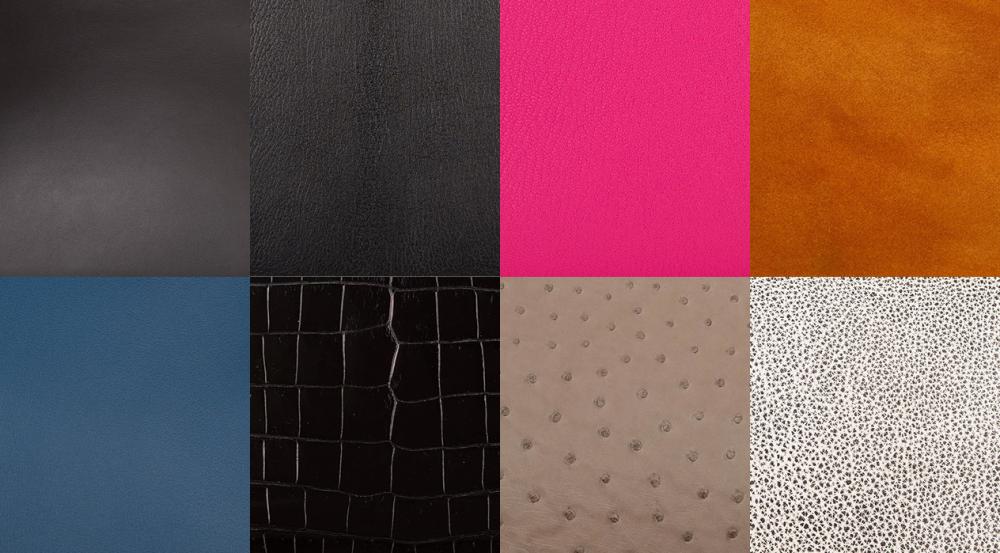
The Role of the Artisan
Apprenticeship and Expertise
To become an Hermès artisan is to dedicate years—sometimes decades—to learning. Apprentices begin with small items and gradually move to more complex creations. By the time an artisan is entrusted with crafting a Kelly or Birkin, they’ve already mastered cutting, stitching, finishing, and assembling leather.
Unlike most luxury houses, Hermès artisans work on a bag from start to finish. This ensures total accountability and a personal connection with the object. The artisan’s invisible signature is embedded in every stitch.
The Bag Creation Steps

1.Cutting the Leather
Patterns from the technical drawings are placed carefully on the leather, maximizing use while avoiding flaws. A single mistake here can ruin an entire hide.
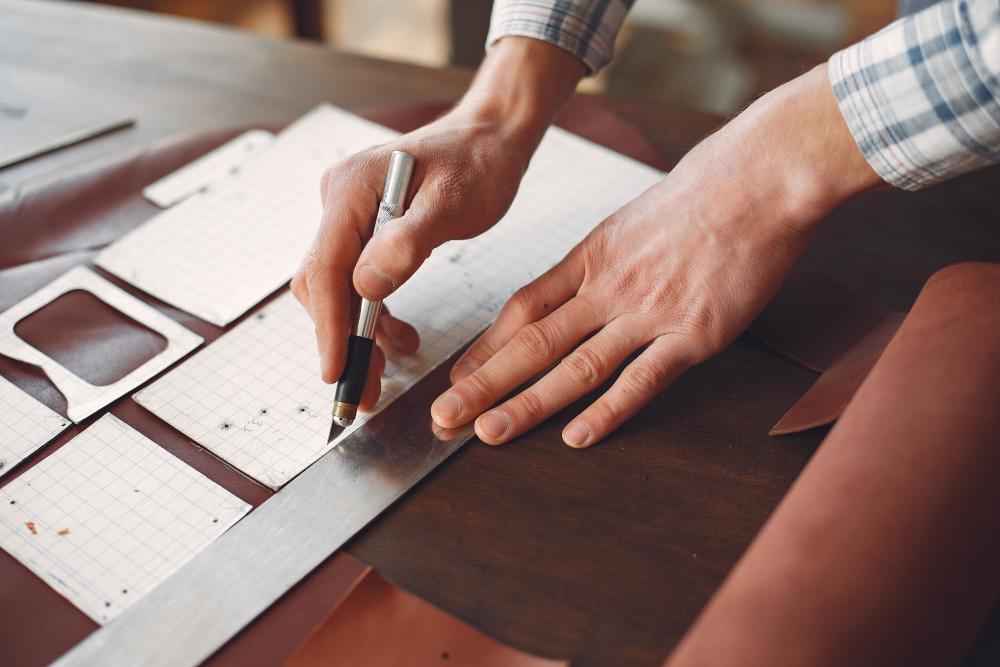
2.Preparing the Pieces
Edges are beveled, lined, or reinforced. This step dictates how cleanly the bag will come together.
3.Hand-Stitching
The saddle stitch, done with two needles simultaneously, is a hallmark of Hermès. It is stronger than machine stitching and allows for small corrections as the artisan works.
4.Attaching Hardware
Hardware is not generic but crafted to Hermès specifications. Artisans must fit and align clasps, buckles, and zippers with absolute precision.
5.Assembly and Shaping
Slowly, the bag takes its three-dimensional form. Pieces are joined, interiors are lined, and structure begins to emerge.
6.Finishing Touches
Edges are dyed, polished, and waxed until smooth. Leather is conditioned, stitches inspected, and every detail scrutinized.
7.Quality Control
Before leaving the atelier, the bag undergoes strict inspection. Even the tiniest imperfection can mean rejection.
A Day Inside the Hermès Atelier
Walking into an Hermès atelier is like stepping into another rhythm of time. The air carries the faint, warm scent of leather mixed with wax and polish. Workbenches are lined with tools that look simple—awls, needles, hammers—but in the hands of an artisan they become instruments of precision.
Each artisan works quietly, often on a single bag that will be theirs from start to finish. At one table, a craftsman carefully aligns two pieces of leather, running fingertips across the grain to check for symmetry. At another, an artisan threads two needles for the saddle stitch, pulling them through with steady rhythm: one stitch, two stitches, a lifetime of practice condensed in the motion.
The atmosphere is focused but not rushed. There’s no assembly line chatter, no conveyor belts. Instead, it’s almost meditative. Occasionally, a master will walk over to check on a younger artisan, offering a tip or sharing a story about a bag they made decades ago that is still in use. This continuity of knowledge is as important as the stitching itself.
By the end of the day, progress is measured not in dozens of bags completed, but in the gradual, visible growth of one. A handle secured, a seam polished, a clasp tested again and again until it feels effortless. It’s in this patient rhythm that the sketch on paper truly becomes a living, tangible creation.
The Dialogue Between Designer and Artisan
The Hermès design process is not a handoff—it’s a collaboration. A sketch may appear flawless, but when translated into leather, challenges emerge. A seam may not lay flat, or a clasp may feel awkward in daily use.
Designers listen to artisans, adjusting drawings to accommodate technical needs. Artisans suggest modifications based on leather behavior. The dialogue is continuous, a back-and-forth that ensures the final product is both aesthetically stunning and structurally sound.
This partnership is why Hermès bags feel “right” in the hand—not too heavy, not too stiff, never over-designed.
Case Study: The Kelly and the Birkin
The Kelly
First designed in the 1930s as the Sac à dépêches, the Kelly rose to fame when Princess Grace Kelly of Monaco used it to shield her pregnancy from photographers. The structured trapezoidal silhouette reflects restraint and elegance. Its construction is complex: multiple panels reinforced to keep sharp lines, and a signature turn-lock clasp.
The Kelly represents Hermès at its most architectural—rigid, refined, and eternally chic.
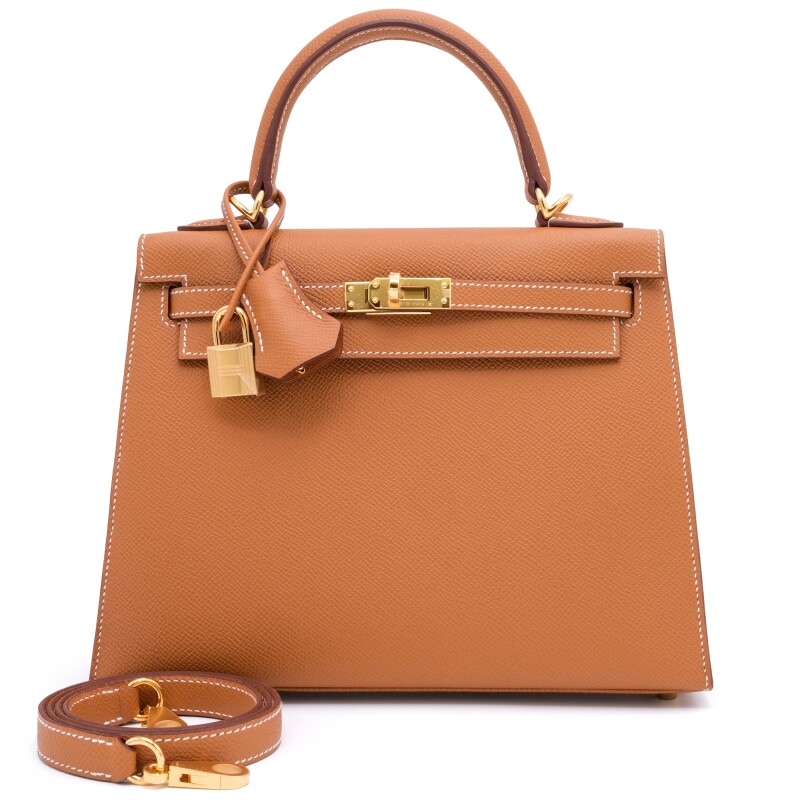
The Birkin
In contrast, the Birkin emerged from a practical conversation between actress Jane Birkin and Hermès CEO Jean-Louis Dumas in 1984. Jane wanted a bag that was roomy yet refined, casual yet elegant. Dumas sketched the idea mid-flight, and artisans turned that napkin sketch into one of the most iconic bags in history.
The Birkin’s allure lies in its balance: structured but relaxed, luxurious but functional. Each Birkin requires over 40 hours of hand labor, and its rarity stems from that time investment—not marketing gimmicks.
Why the Process Matters
Beyond Luxury
Hermès designs bags not as seasonal accessories but as heirlooms. The intention is longevity, both in style and durability. Owning a Kelly or Birkin is not about status alone—it’s about possessing an object built to last for decades.
Scarcity Through Craft
Unlike many luxury brands that create artificial scarcity through marketing, Hermès scarcity comes from time. A single artisan, a single bag, several days of meticulous work. That commitment to slowness is what ensures quality and rarity.
The Emotional Connection
When someone carries an Hermès bag, they carry more than leather and hardware. They carry a narrative—the journey from sketch to reality. The bag represents human imagination, skill, and patience. Each stitch is a reminder that this is not a machine-made product but a work of human artistry.
This emotional depth is what transforms a bag into a legacy item, cherished not just for its look but for the story it tells.
Conclusion
The journey of an Hermès bag begins with an idea and ends as a masterpiece. The process is slow, deliberate, and uncompromising—qualities rare in today’s fast-paced fashion industry. From the first sketch to the last polished edge, Hermès demonstrates that true luxury lies not in excess but in precision, patience, and passion.
Every Hermès bag is proof that artistry and functionality can coexist. And behind each one is a story: a pencil sketch, a conversation, an artisan’s hands, and a vision brought into reality.
Recent Posts
